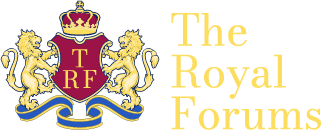- Joined
- Aug 21, 2017
- Messages
- 10,330
- City
- BC
- Country
- Canada
I am not sure whether Felipe de Marichalar's children will have a distinctive style or be plain Ms/Mr. The heirs of nonroyal Grandees also have the treatment of Most Excellent, and other legitimate children have the treatment of Most Illustrious. But I am not knowledgeable enough to say if there is a difference for the children of non-hereditary Grandees. Moreover, there is disagreement over whether "having the consideration" of Grandees implies that the children of Infantas and Infantes are properly Grandees or only have the same privileges as Grandees.
https://www.boe.es/buscar/doc.php?id=BOE-A-1987-25284
And although there are many legitimate grandchildren of Infantas and Infantes who are living, their situation is not necessarily comparable to the hypothetical future children of Felipe de Marichalar as most of them have parents who use other titles and styles. The only exceptions are the grandchildren of Infanta Pilar through her daughter and younger sons, I think.
For the wedding of the Prince and Princess of Asturias in 2004, the Royal Household referred to some, but not all, grandchildren and grandchildren-in-law of Infantas and Infantes as Excellencies:
The difference seems to be between grandchild of infante vs infanta. Are the examples that are Excmo all fully male line?

